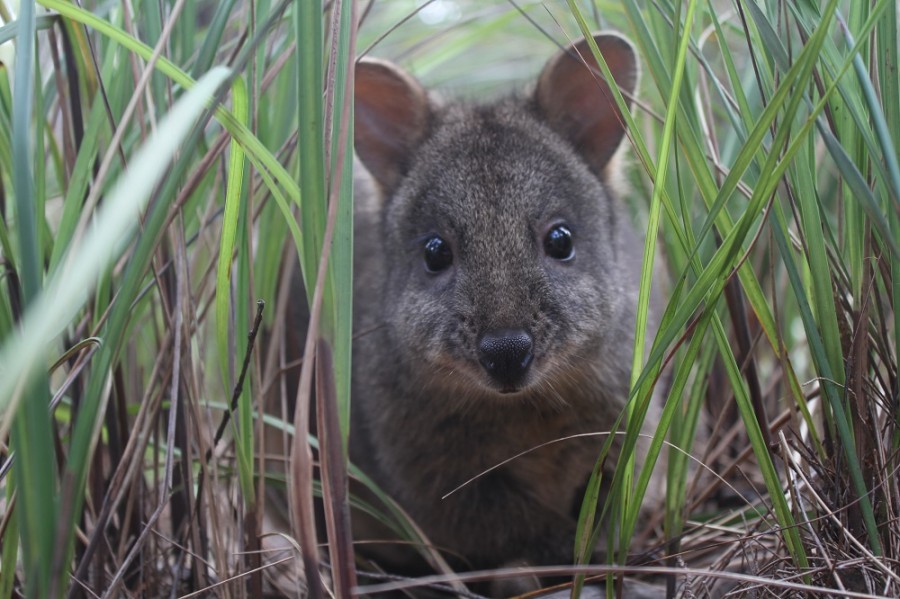Renowned for its incredible hikes, beautiful bushwalks, winding roads, mountain ranges and unspoiled scenery, it is the outdoor adventurer’s dream. In fact, there are over 2000km of walking tracks to discover, so be sure to pack your hiking boots for this trip.
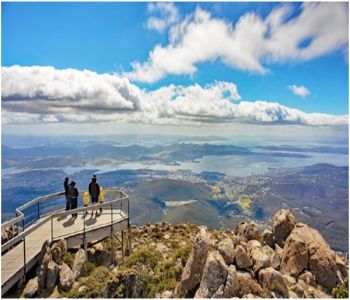
Tasmania has plenty of spectacles to feast your eyes on such as Cradle Mountain summit hike and the Enchanted Walk, if you’ve timed it right you might be able to find wombats and wallabies during your return journey at dusk. Discover 360-degree views atop the lookout on Bruny Island or Mount Wellington, or any of the mountain hikes for that matter. Capture that postcard shot in the Table Cape tulip fields. Explore some of the weird and wonderful natural formations in Tasman National Park such as the Tasman Arch, the Blowhole, Remarkable Cave and the Devil’s Kitchen. There are many more attractions for all types of travellers from around the world – this small list only scratches the surface on all the natural beauties there are to see in Tasmania.
One of the best ways to travel this state is by car, all these incredible sites are only hours away from each other so you can pack all you need into a trusty vehicle and hit the road for an epic adventure. With 4500km of coastline to navigate, there are many swimming, surf and snorkel spots to enjoy all year round, that is if you’re feeling brave enough to immerse yourself in the chilly waters in the winter.
The terrain and ecosystem can change so rapidly. Protected by the mountain ranges, the east side of the island is dryer with white sandy beaches and crystal clear waters like at Wineglass Bay, a small oasis in Freycinet National Park. Here, you can try to spot whales and dolphins in their natural and protected habitats. As you travel further to the west of the island, the rainforest becomes dense with tranquil running rivers and powerful waterfalls like Horseshoe Falls or Russel Falls in the heart of Mount Field National Park. If you have the eye for it you may even find another native Australian animal, the platypus.
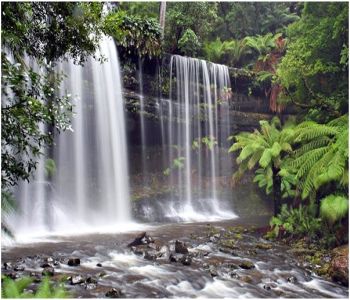
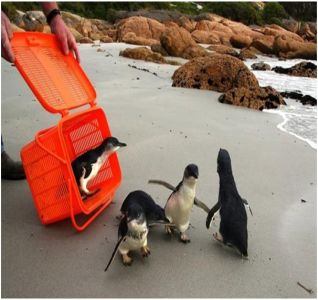
The iconic Tasmanian Devil is arguably what Tasmania is most famous for. This endangered species suffers from a very contagious disease called Devil Facial Tumour Disease which has caused a significant decline in the population. The Oceans 2 Earth Volunteers Tasmanian Wildlife and Penguin Care project together with the Tasmanian Wildlife Shelter and dedicated wildlife volunteers aims to help with conservation efforts for this iconic species. Wildlife assistance through volunteering goes a long way for shelter and rehabilitation centres, what’s more, is it is a truly rewarding experience for the volunteer. The opportunity to volunteer with Tasmania as your backdrop is a unique experience that cannot be missed.
Being so close to Antarctica, it’s not surprising that you can also find fairy penguins (also known as little penguins) on this island state. As with every animal you find in the wild, it is important to keep your distance and respect their space. To avoid tourists trampling over burrows or disturbing the penguins, there are designated observation points to watch the colonies such as at Bruny Island and Lillico Beach. Volunteering at the Oceans 2 Earth Volunteers Tasmanian Wildlife and Penguin Care project also allows you to care for injured and rehabilitated penguins at the Tasmania Wildlife Shelter in Bicheno. A fantastic way to have a positive impact and contribute to conservation efforts in Tasmania.
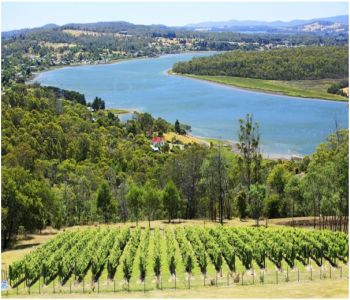
For those that love to learn more about the historical and cultural aspects, Tasmania has a lot to offer. In historical districts such as Battery Point, with colonial-style architecture, well preserved winding streets and historical charm, you can take a step back in time and experience life in the early 1800s when these towns were first settled. The history fanatics will also enjoy the old convict settlement of Port Arthur where they can take an evening ghost tour and browse what remains of the penal settlement from 1830. The cultural experiences don’t stop there, at the jaw-dropping Museum of Old and New Art (MONA) you can take in all the art displays. Afterwards, enjoy a wining and dining experience and pretend to be an art connoisseur, impressing your friends with your sophistication while overlooking the River Derwent.
Tasmania is also known for its award-winning delectable food and drink. You can taste a selection of locally made cheeses, wines and chocolate in the Tamar Valley Wine Region of Tasmania. Or if a lager or ale is more to your taste then Tassie is famous for the popular and modern beer brands; Cascade and Boags, you can try these fresh from brewhouses at the oldest breweries in Tasmania.
Tasmania’s raw wilderness together with a diverse array of native species is reflective of a thriving and healthy ecosystem. Tasmania’s population live in harmony with the natural environment and it is certainly something that is to be admired. There is so much on offer from this island state, with activities and attractions enticing all types of interests, ages and Stop dreaming about it, you must put Tasmania on your “Places to Visit” list.
Written by Megan Cundy, Oceans 2 Earth Volunteers Marine Conservation Advocate

